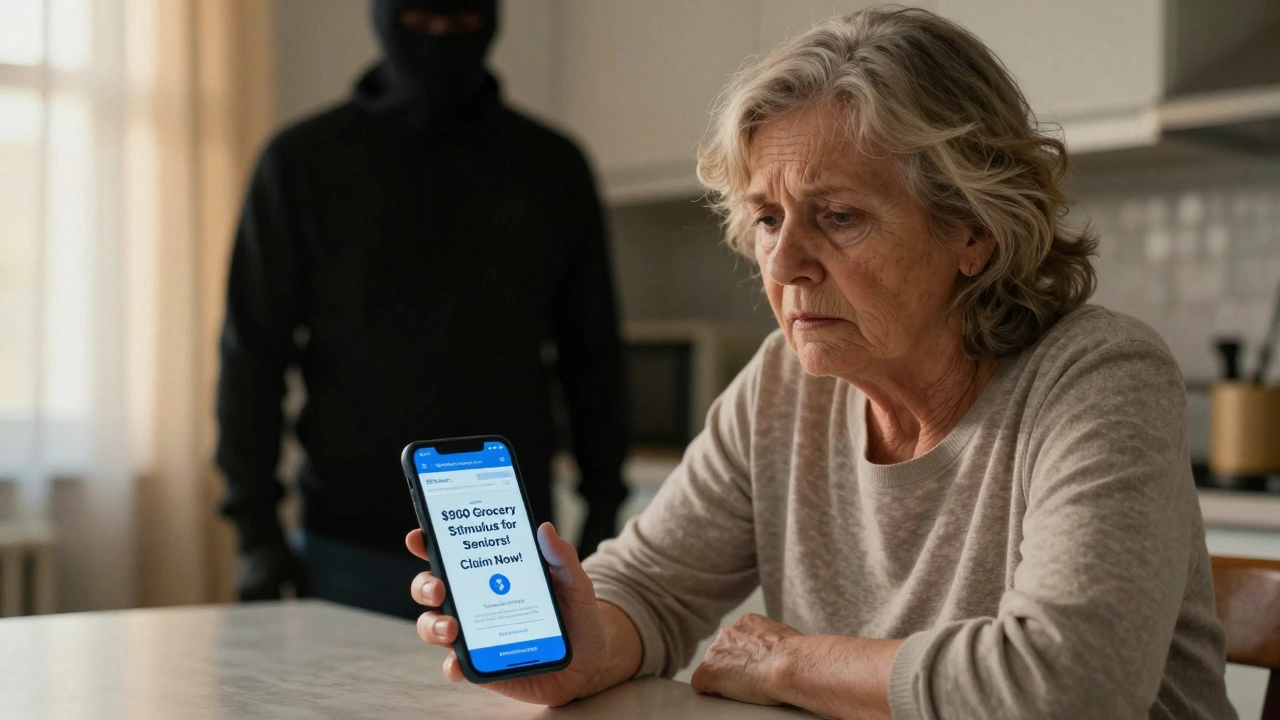Food Assistance – Quick Guides to Free Meals, Food Banks & Budget Cooking
When money is tight, the last thing you want to worry about is where the next meal will come from. Luckily, Minehead has a handful of resources that can help you put food on the table without breaking the bank. Below you’ll find simple steps to use food banks, ideas for stretching groceries, and a look at a few programs that might be right for you.
How to Use Food Banks in Minehead
Food banks are more than just a place to pick up canned goods. They’re community hubs that want to see you eat well. First, find the nearest location – most are listed on the council website or you can call the local U3A hub for a quick phone tap. Bring a photo ID and any proof of income if you have it, but don’t let paperwork stop you; many banks will still help without it.
When you arrive, be ready to share a quick list of what you need. Staff can point you toward fresh produce, pantry staples, or ready‑to‑eat meals. If you’re new, ask about any “starter packs” that include a mix of items to give you variety. Remember, food banks rely on donations, so anything you can give back later – a spare can, a bag of rice – helps keep the line moving for everyone.
For more detail, check out the post Finding Nourishment Without Funds: Exploring Food Bank Options. It walks through the whole process, from locating a bank to feeling comfortable asking for help.
Smart Tips for Eating on a Tight Budget
Even when you have a food bank box, stretching each bite can save you money for other bills. Start by planning meals around what you already have. A can of beans, a bag of frozen veggies, and a cheap grain like rice can become a hearty stir‑fry in ten minutes.
Buy in bulk when you can. A large bag of potatoes lasts weeks and can be turned into mash, roasted wedges, or a simple soup. Freeze leftovers in portion‑size bags – reheating keeps flavor, and you won’t waste anything.
The article How to Eat When You're Broke: Smart Tips for Food Bank Survival breaks down these tricks step by step. It even covers how to grab free food from community fridges, how to use coupons effectively, and which cheap, nutritious meals give the most bang for your buck.
Another easy win is to cook once, eat twice. Make a big batch of chili or lentil soup, then portion it for lunches or frozen dinners later in the week. This cuts down on cooking time and keeps your stomach satisfied.
If you’re interested in a structured program, the post Understanding the Virginia Food Box Program explains how a similar box system works elsewhere – fresh produce delivered to your door, eligibility rules, and ways to volunteer. While it’s not Minehead‑specific, the model can give ideas for what to look for locally.
Finally, stay connected. Community centres, churches, and the U3A hub often host pop‑up food events or share updates about extra supplies. Signing up for a quick text alert can let you know when a new box is available or when a surplus of fresh fruit hits the pantry.
Food assistance doesn’t have to be a secret or a source of shame. It’s simply a tool that helps you keep going when money is low. Use the resources above, try a few budgeting tricks, and you’ll find it easier to stay nourished without stressing over every pound.

Is There Really a $900 Grocery Stimulus for Seniors? What’s True and What’s Not
No $900 grocery stimulus exists for seniors in 2025-but real food assistance programs like SNAP and Meals on Wheels do. Learn how to spot scams and access actual help.

How to Eat When You're Broke: Smart Tips for Food Bank Survival
Struggling to feed yourself or your family when money runs dry is overwhelming, but you're not alone. This article breaks down practical, no-nonsense advice for making the most out of food banks and limited resources. Learn how to stretch every meal, snag free food, and cook up filling dishes when every dollar matters. Find out what food banks really offer and how to use their bounty in creative, tasty ways. Simple tips and honest facts will help you survive tough times without going hungry.

Understanding the Virginia Food Box Program
The Virginia Food Box Program is a vital initiative helping individuals and families access nutritious food. This program aims to address food insecurity by providing fresh produce and pantry staples to those in need. Discover how it works, who is eligible, and ways to get involved, including volunteering, donating, or simply spreading the word. Stay informed and learn practical steps you can take to support local communities through this impactful effort.

Finding Nourishment Without Funds: Exploring Food Bank Options
In times of financial difficulty, accessing food becomes a pressing concern. This article sheds light on the resources and steps one can take to access food banks and similar services. Understanding the process and the community effort behind these services dispels stigma and encourages those in need to reach out for help. Practical tips and information on food banks across various areas aim to make this journey less daunting. Here's how you can find meals even when finances are tight.